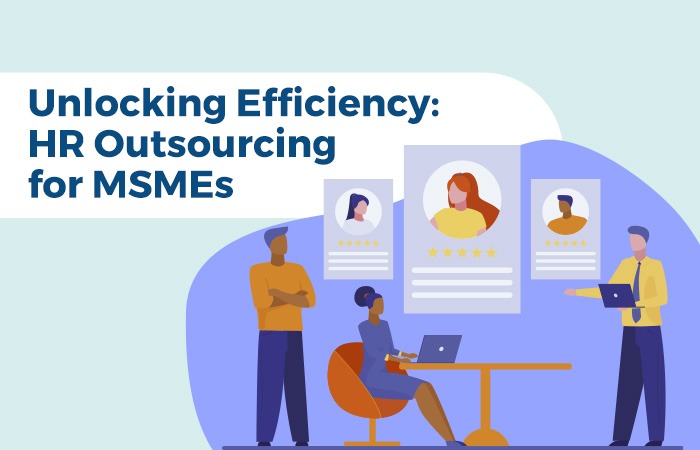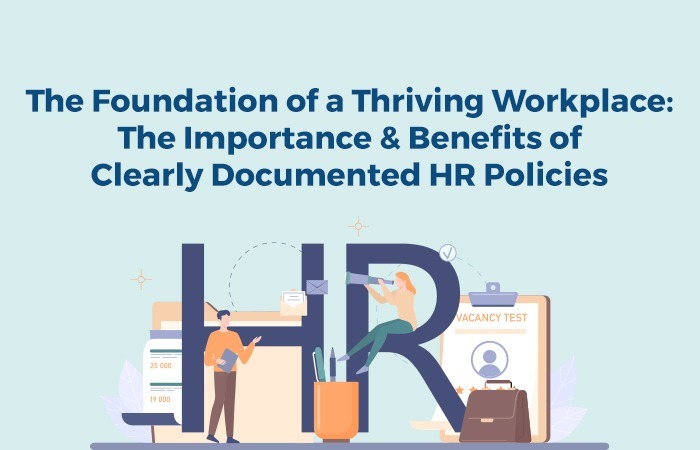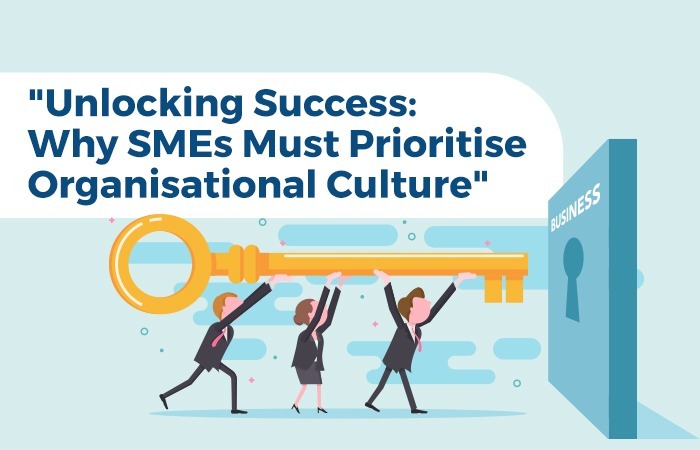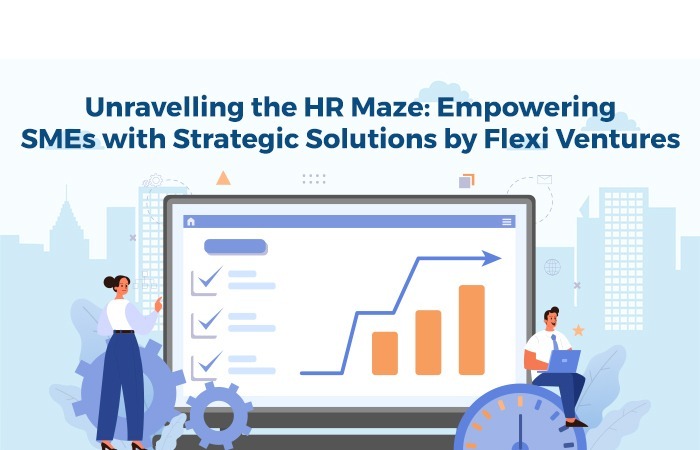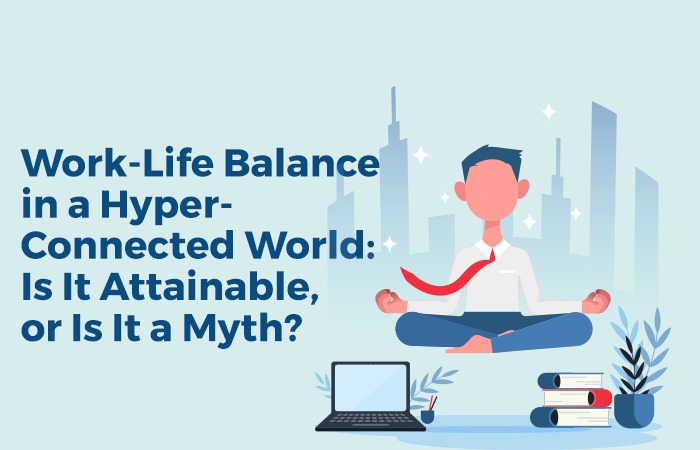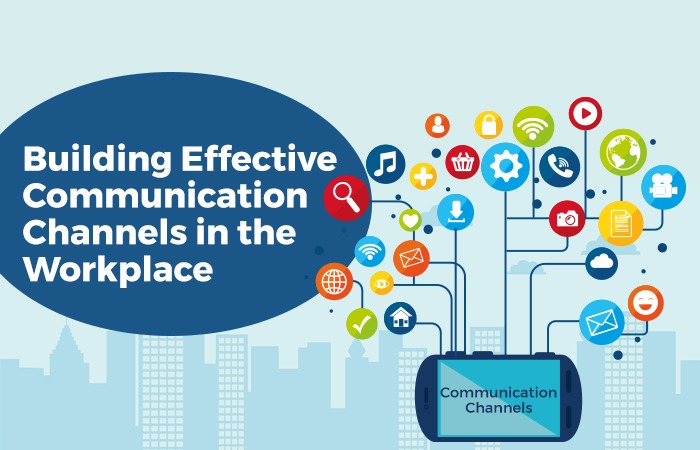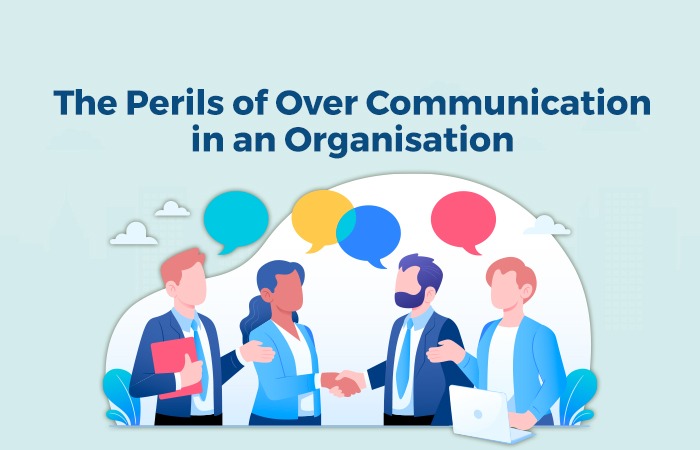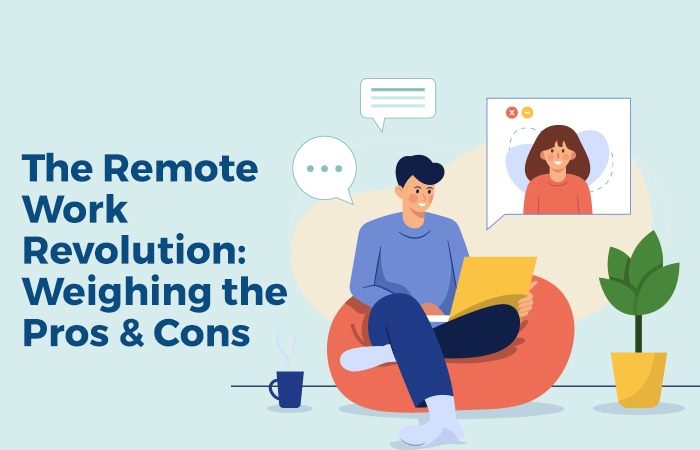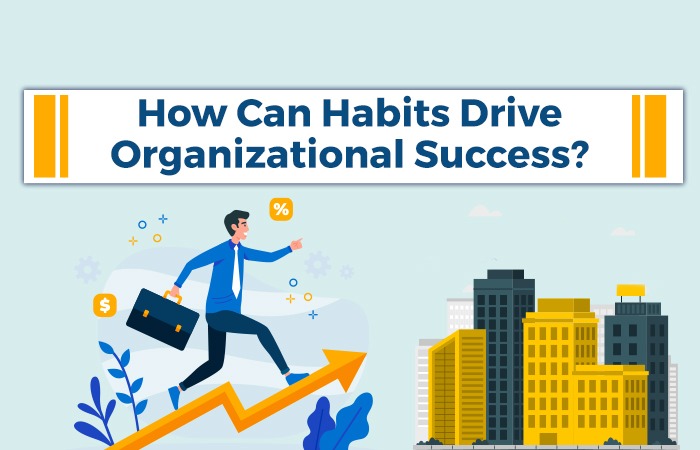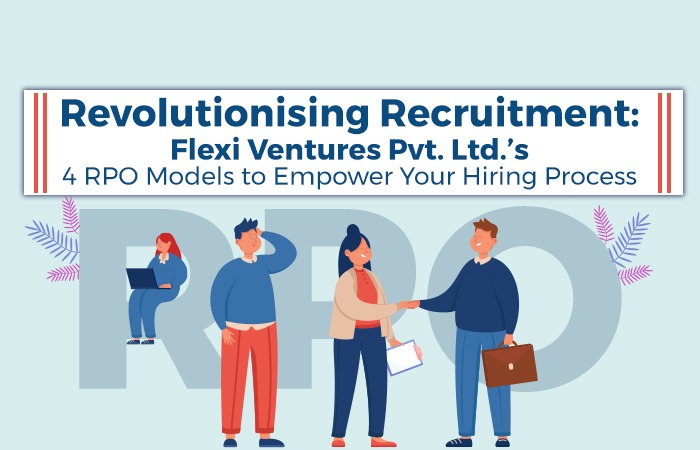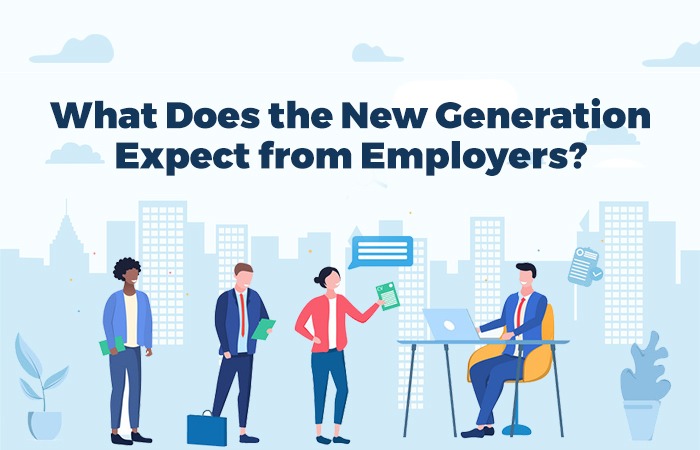The world, as we know, has changed entirely after the emergence of the COVID-19 pandemic. It’s posed challenges within the corporate world and made organizations go for work-from-home policies.
While organizations are still struggling to become fully functional, the concept of a “hybrid workplace” has given a ray of hope to address the growing crisis of managing balance for productivity amid ever-increasing debate about the tilt toward “total work-from-home” or “Return-to-office”. With innovation and experimentation, new ideas emerged to assist and sustain the best of both worlds viz “Hybrid Workplace” as the new normal.
A hybrid workplace has innumerable benefits for a company in terms of cost-cutting, revenue generation, employee satisfaction, and plenty more. But It totally depends on how management will implement it successfully for greater sustainability and success while working remotely.
Advantages of a Hybrid Workplace
A hybrid workplace grants several benefits to an ever-growing remote workforce. Here are its top advantages:
1. Reducing Operation Costs
Instead of closing daily operations within the workplace, organizations can now implement remote working. In return, this decreases the operating costs and extra cash requirement for physical office locations.
Yes, employees will occasionally work on-site, but with a hybrid workplace, organizations will now have the choice to figure remotely, thus reducing extra commuting costs and saving up a substantial amount of cost.
2. Increased Productivity
A hybrid workplace enables employees to become knowledgeable and self-accountable. Employees feel independent and assured about completing their tasks with less scope for getting micromanaged. They might struggle to present their best at the start but eventually, become more conscious of their responsibilities. This makes them sincere, disciplined, and accountable and significantly boosts productivity levels and engagement too.
3. Enables Distributed Teams
Transitioning the organization into becoming a hybrid workplace enables remote employees to continue working hassle-free. It allows them to cross-collaborate with teams to reinforce efficiency while keeping the standard of the work intact. Moreover, with the mixture of remote working and on-site working, flexibility becomes a feasible option thus boosting overall performance.
Communications might get hampered while collaborating with distributed teams. However, with the proper measures and appropriate tools, such shortcomings are often forbidden with no hassle.
4. Helps Employees Financially
Who doesn’t appreciate the hassle of a company that helps employees curb their financial difficulties? The concept of a hybrid workplace surely helps because it gives employees the choice to figure remotely, reducing commuting costs.
Furthermore, organizations can provide specific allowances to assist employees founded a workspace at their homes.
What does it take to become a Hybrid Workplace?
A fresh concept will need a replacement approach. While you’re still grasping the newly injected idea, here are some steps you can take to become a hybrid workplace to remain one step ahead.
1. Make a Cultural Shift
With the introduction of a brand new concept, there’ll be a big shift within the organizational culture. And to successfully approach the thought of a hybrid workplace, adapting to the cultural transition is crucial. As a pacesetter, you want to have an open mind about the changes and also the challenges you may face during the transition.
Revise your knowledge about the subject and do a radical study to become proficient and implement it with no hiccups.
2. Reshaping Goals and Objectives
With the cultural shift, it becomes necessary to reshape the company’s goals and objectives. It has to be aligned with a hybrid workplace, which is able to make the transition a successful one. As a manager, you wish to explore the various opportunities that a hybrid workplace will generate.
The future of labor will see numerous developments. Still, such a workplace injection will make the company more employee-centric, where employees can perform without limitations and make work fulfilling. The evolving organizational goals help the workers improve their work efficiency and boost their morale.
3. Introduce and Communicate your plan
The employees must know what they’re aiming to do and the way they’re preparing the workplace for the long run. Be more transparent and keep them within the loop about the developments which is able to help them adapt to the changes accordingly.
Furthermore, you would like to speak your idea with them and process necessary feedback to optimize it within the employees’ best interest.
4. Practice 4-day Work Week
The world is slowly gathering its pace back to the new normal while still fighting the pandemic. Also, the post-pandemic corporate world will demand a culture that may fit best with the new norms of social distancing. One of the effective ways to achieve this can be by introducing a four-day workweek. It’ll allow employees to figure onsite or remote work for 4-days in a week..
The hybrid model will reduce overall working hours which can boost productivity and can provide more flexibility in their schedule. Moreover, it’ll provide the chance to ensure an excellent work-life balance and an employee-centric work environment.
5. Invest in necessary Tools
The inclusion of a hybrid work would require the acceptable and prompt use of the tools available within the market. While the model will allow the utilization of office spaces for an explicit time, most of the work is done remotely. And to make sure the graceful running of daily operations, you want to invest in the tools that fit the organization’s needs.
Many organizations are implementing the hybrid workplace model to enhance productivity without stressing the staff. This can be seen as the final global goal as well that each organization must bear into its strategic plans. The necessity of the hour is to produce an environment that emphasizes individual health and provides them the chance to settle on their comfortable working style. because the future is uncertain and organizations must understand the evolving work trends for better sustainability.


